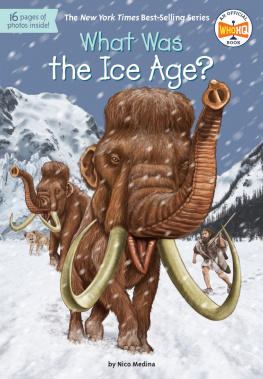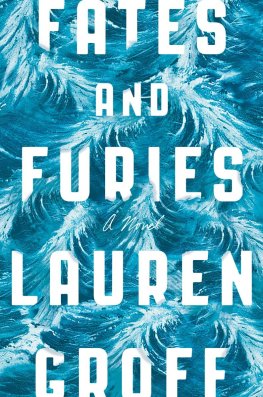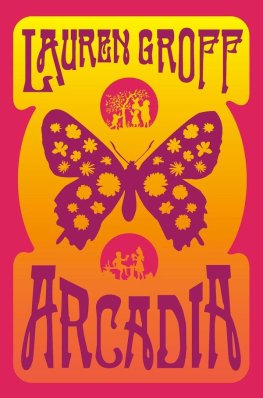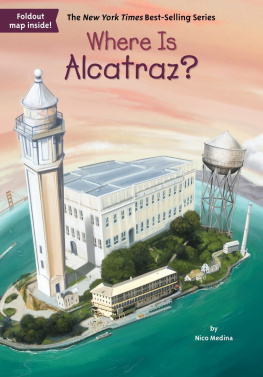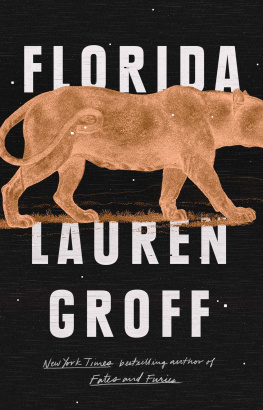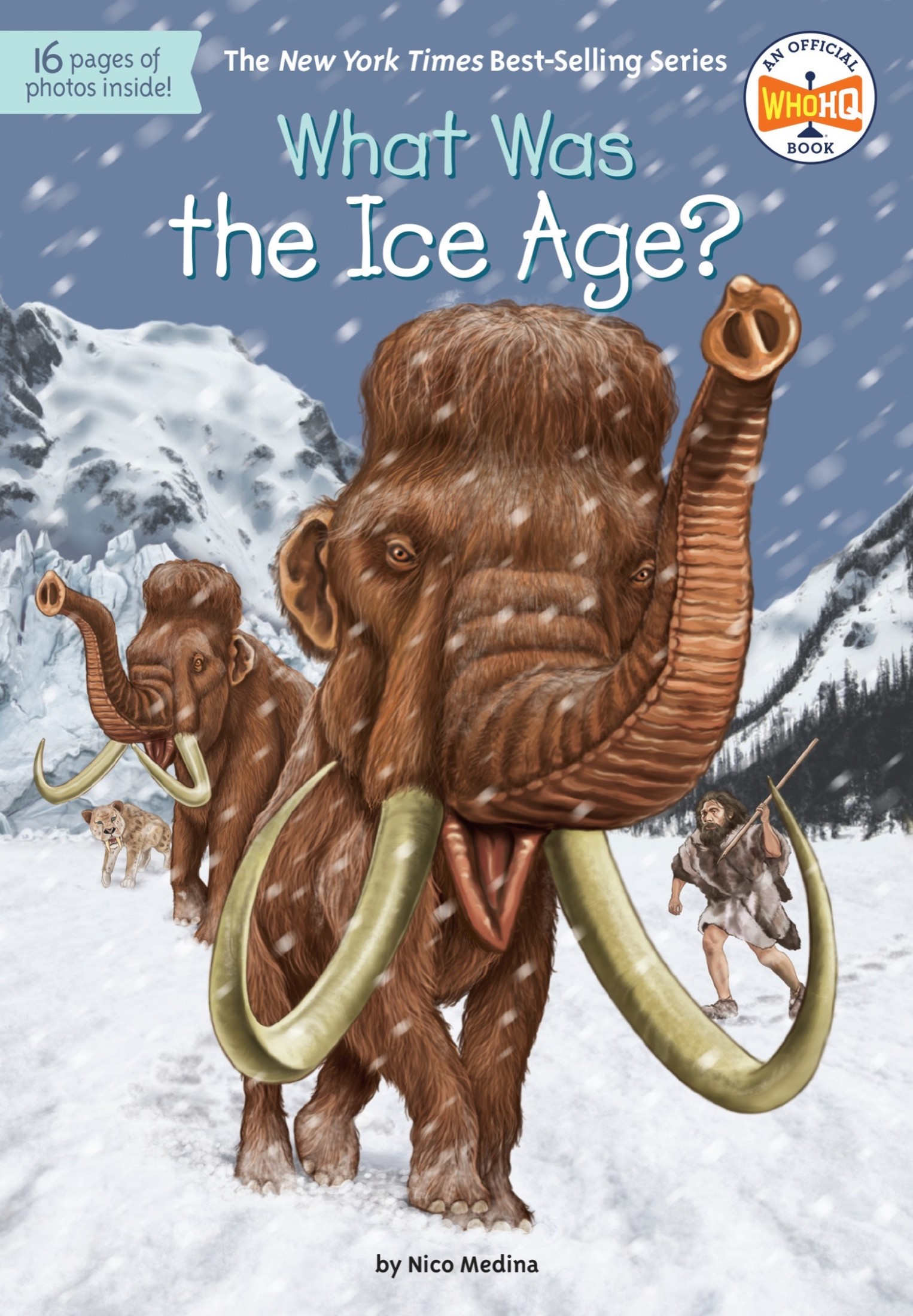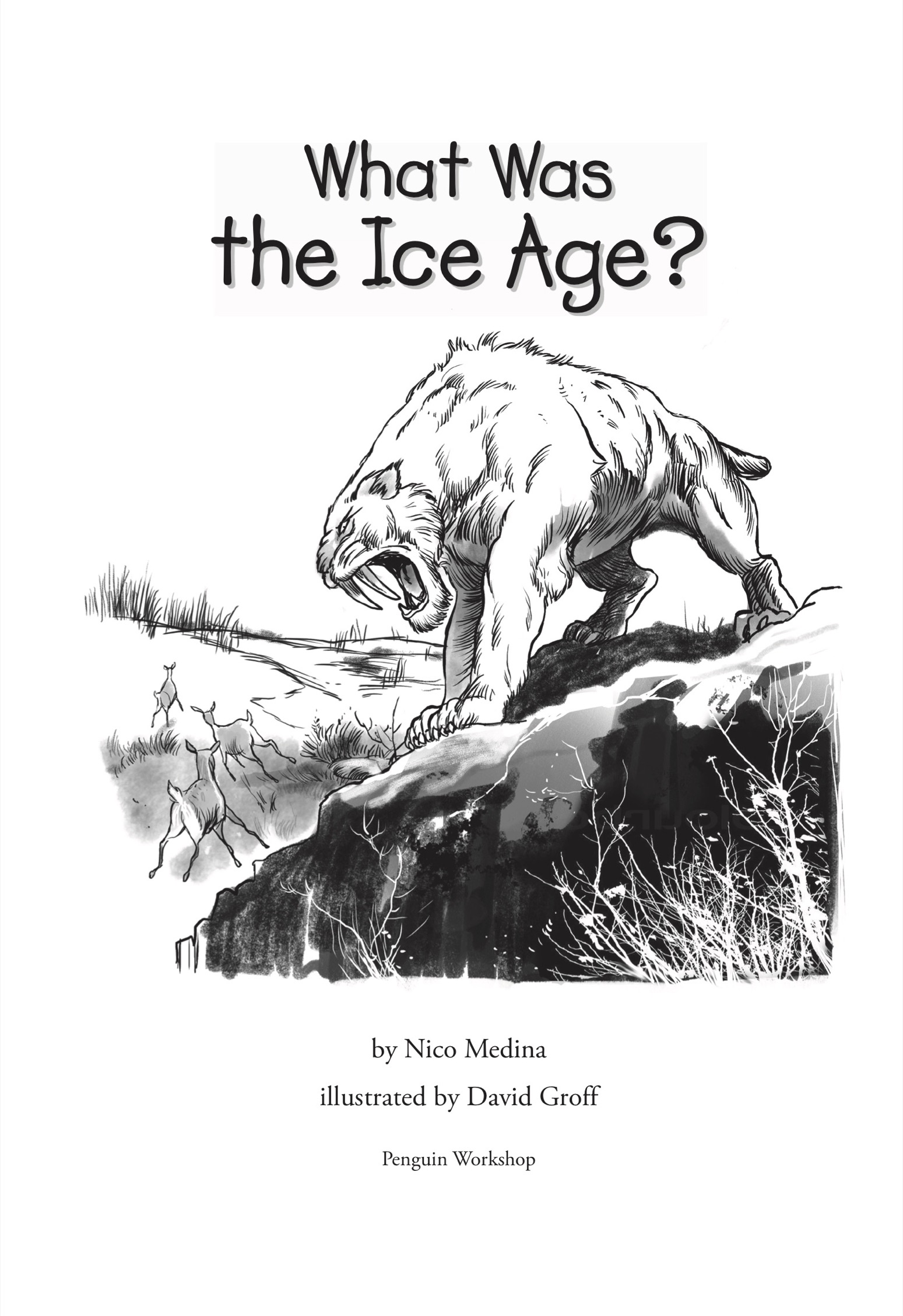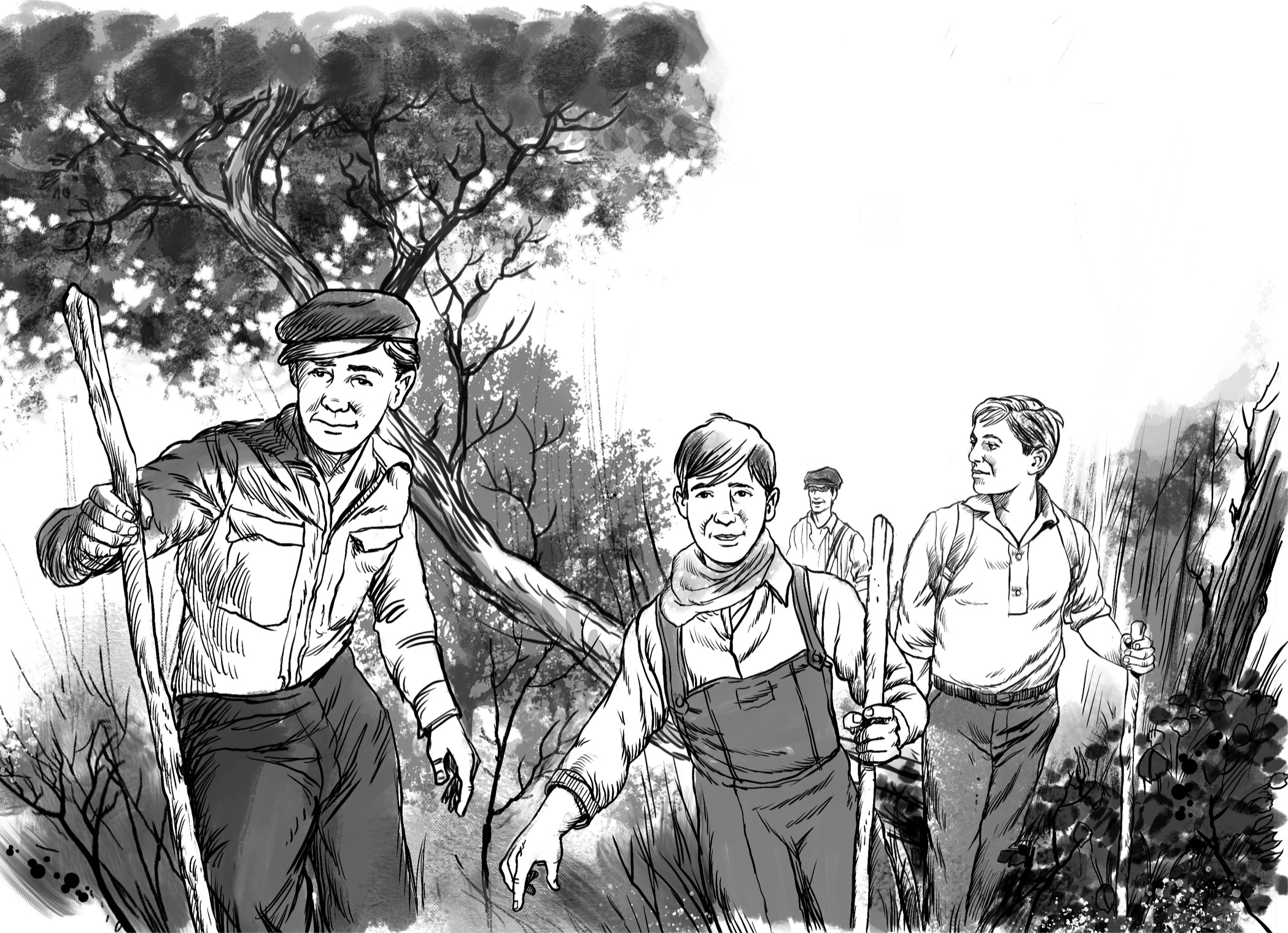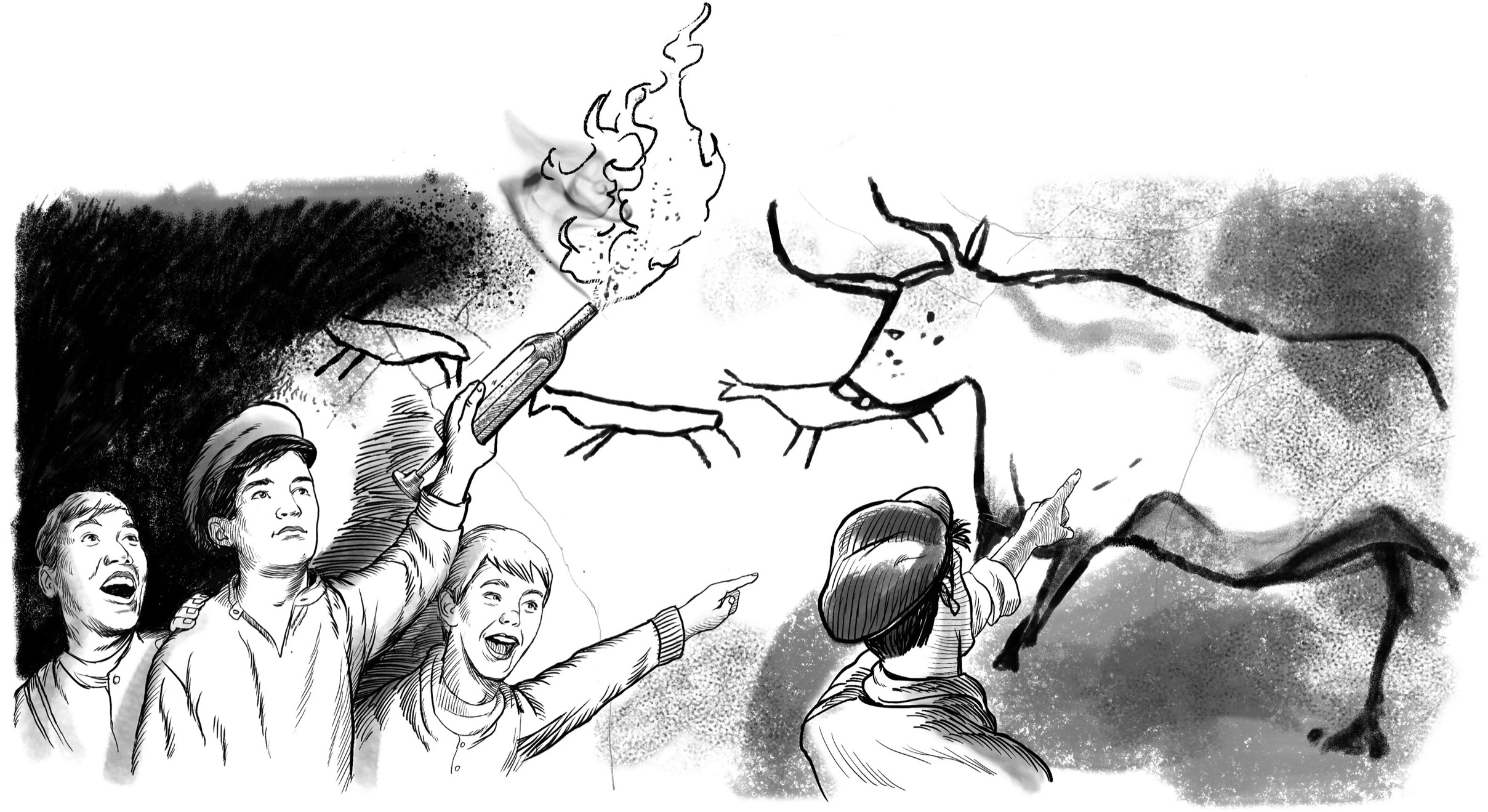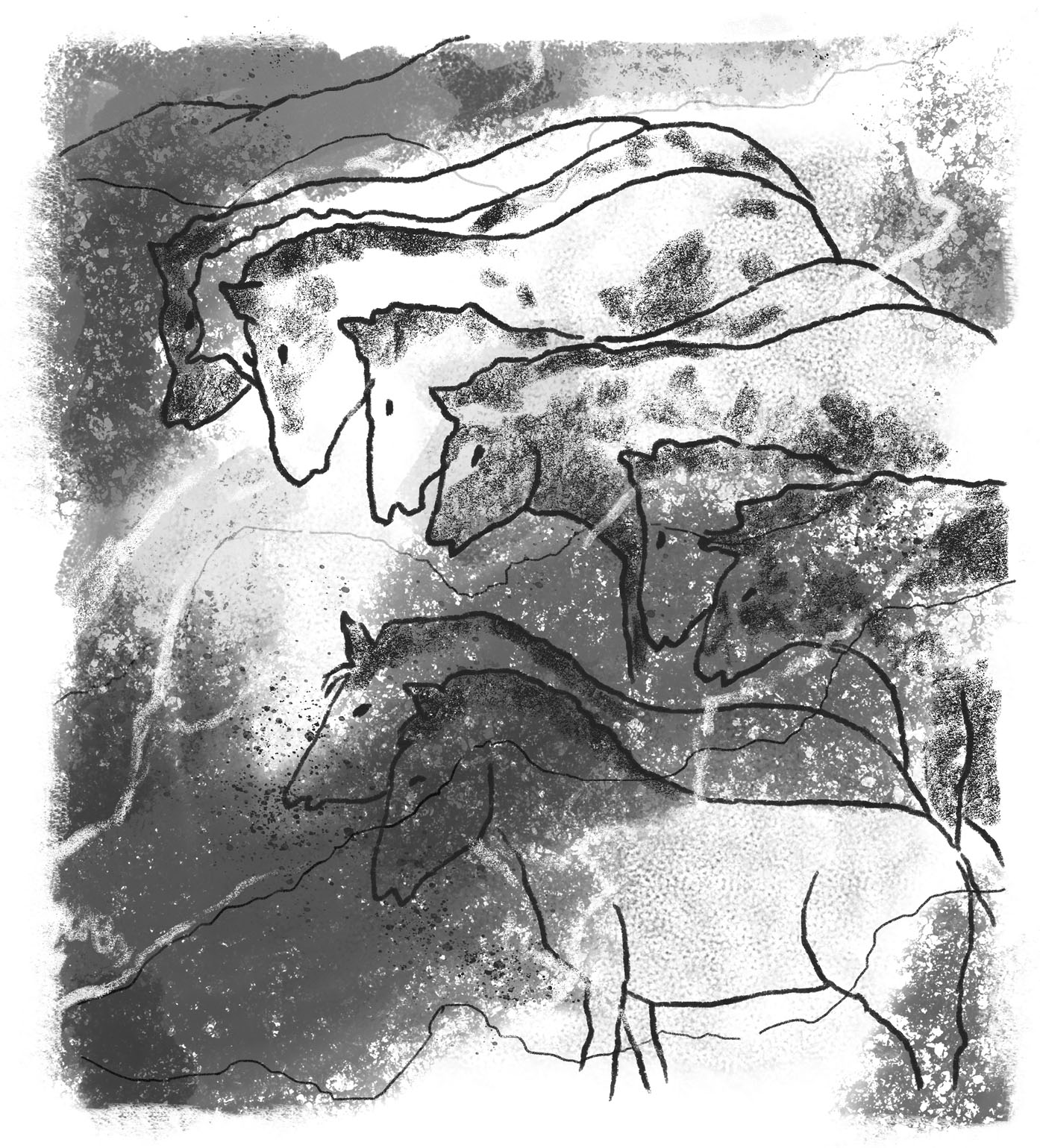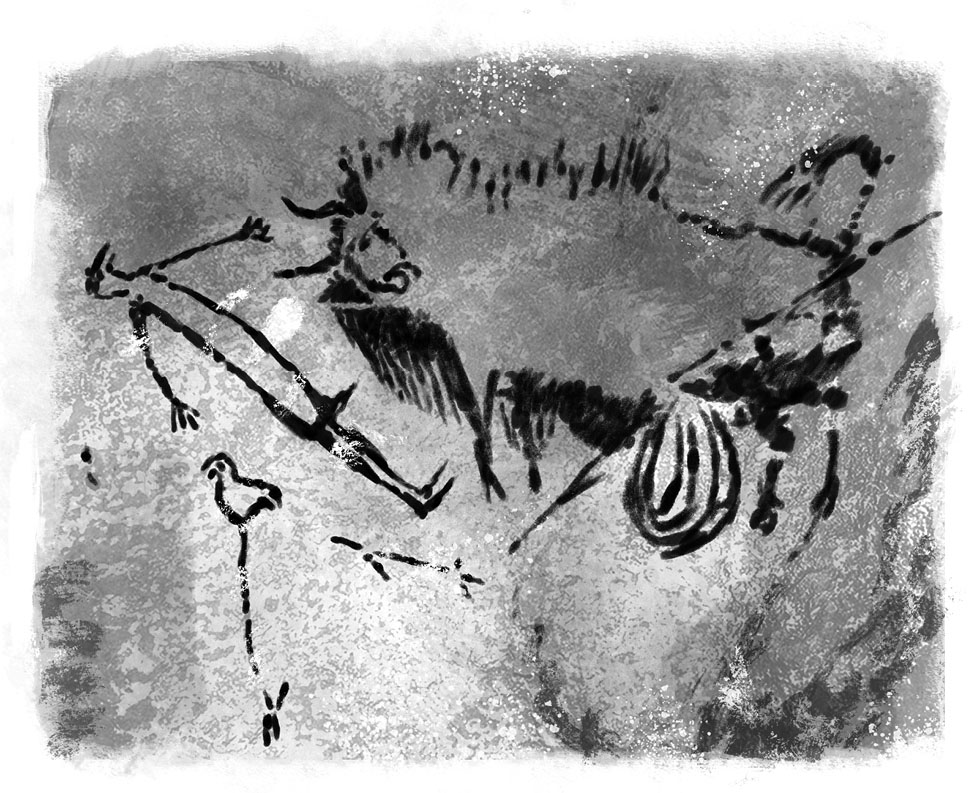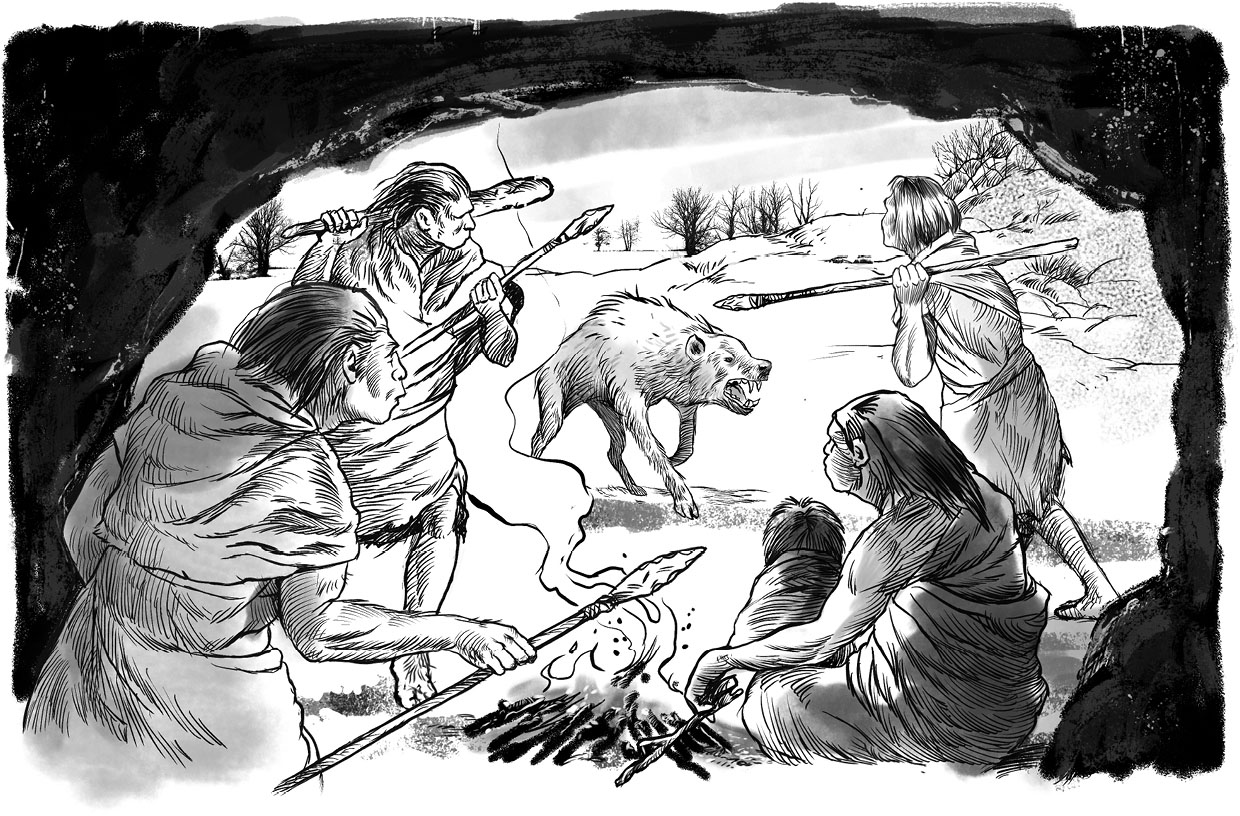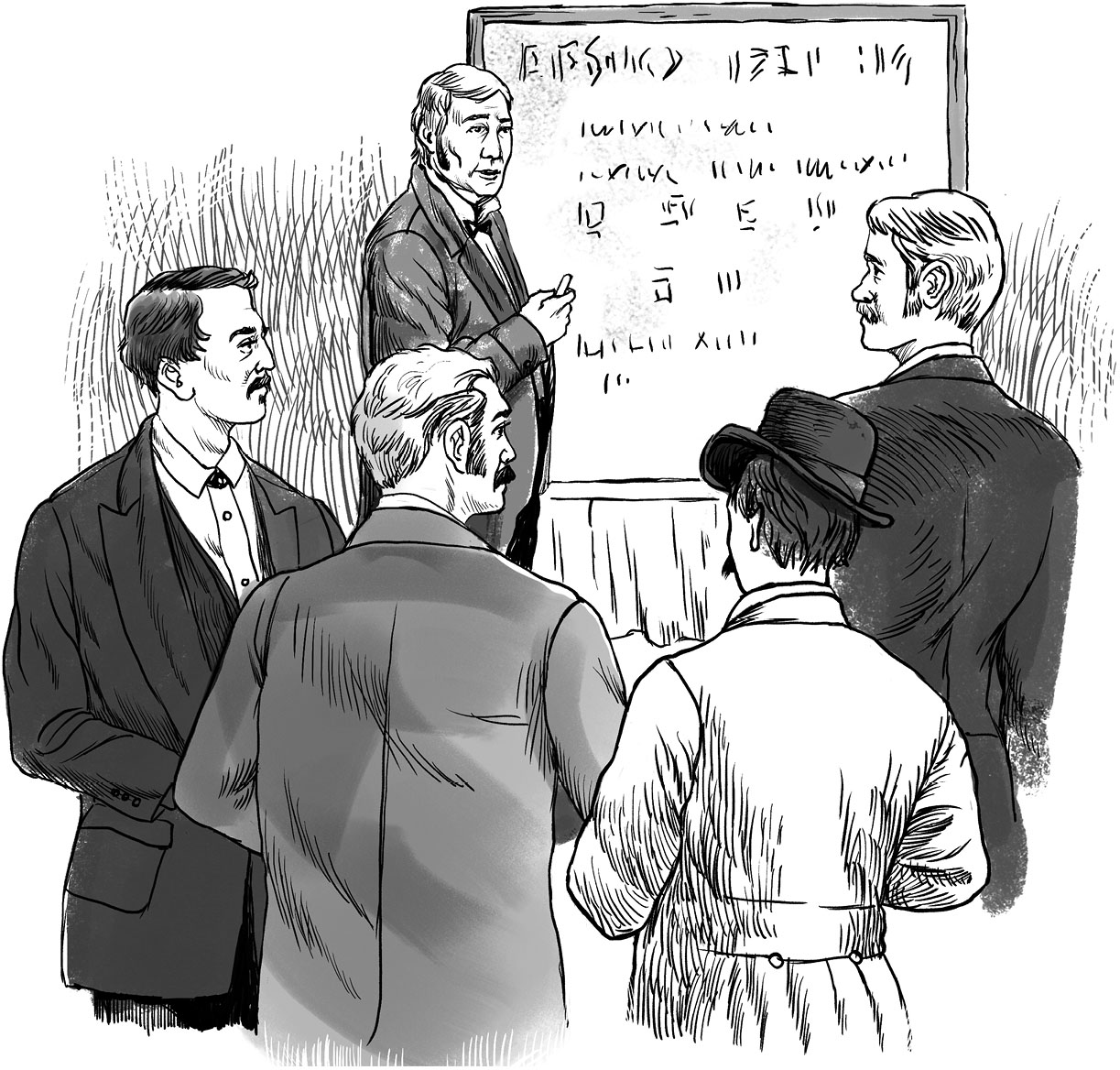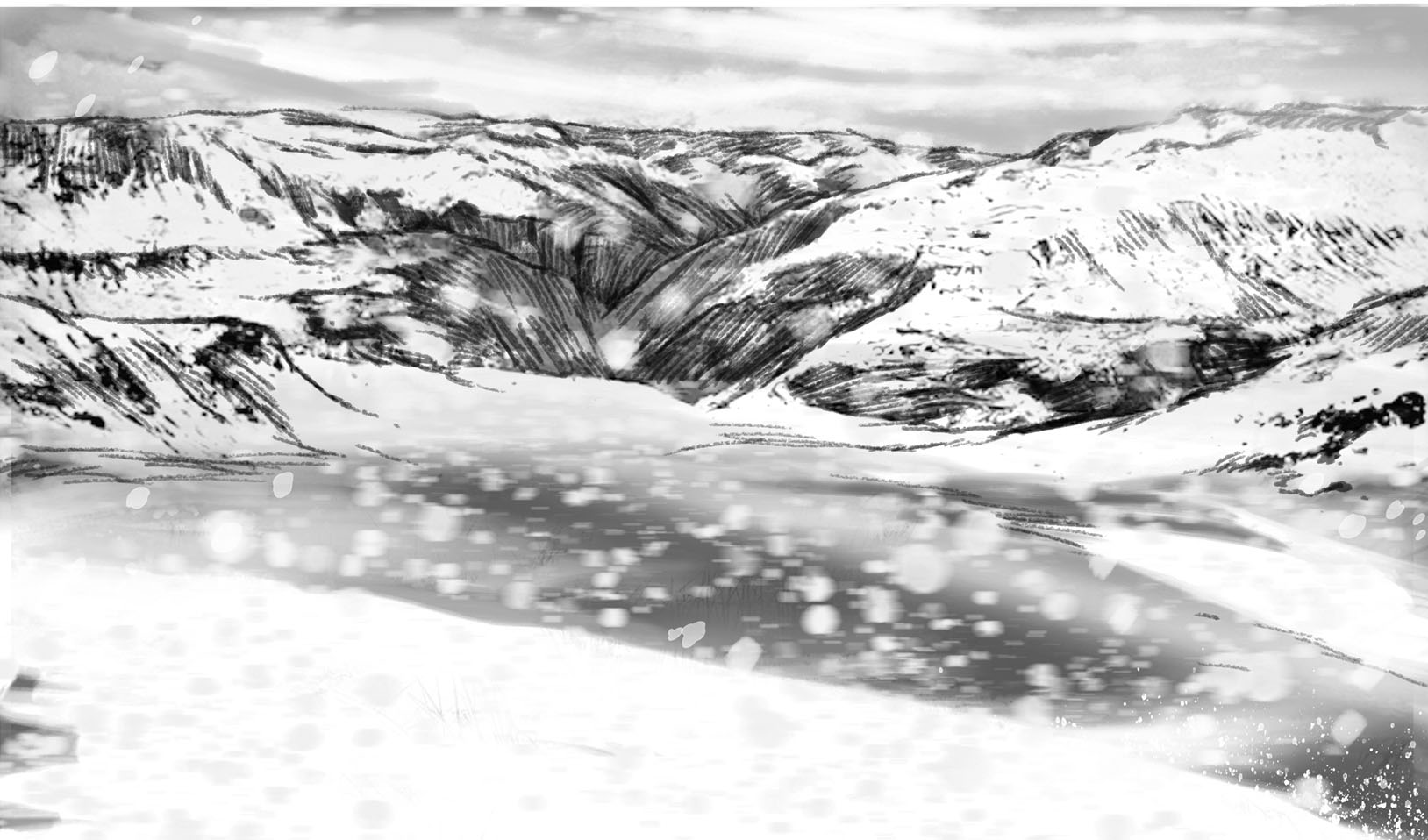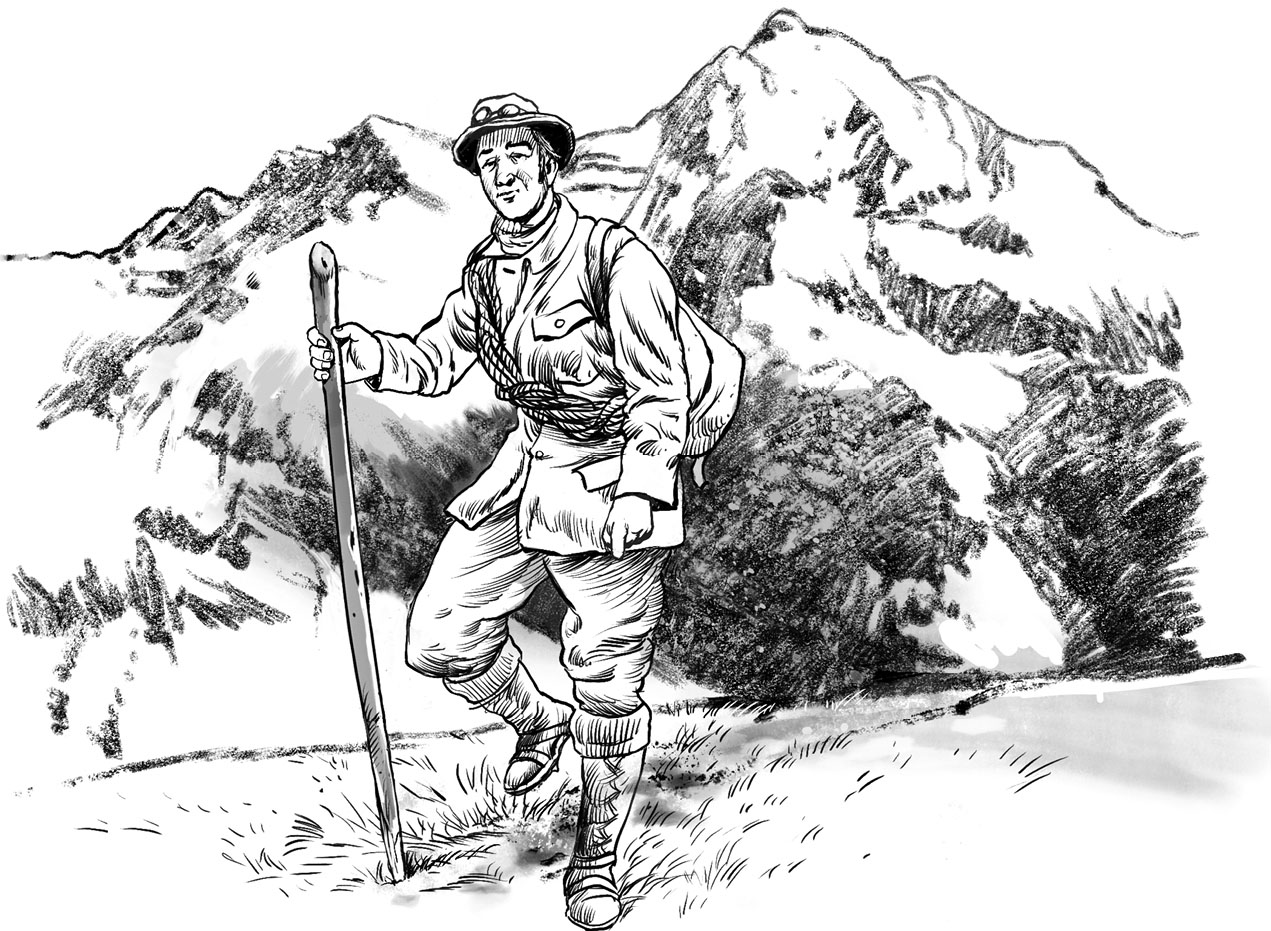For Maryanne Switzer and Otto Jacoby. Thanks for all your encouragement and inspirationDG
Penguin supports copyright. Copyright fuels creativity, encourages diverse voices, promotes free speech, and creates a vibrant culture. Thank you for buying an authorized edition of this book and for complying with copyright laws by not reproducing, scanning, or distributing any part of it in any form without permission. You are supporting writers and allowing Penguin to continue to publish books for every reader.
The publisher does not have any control over and does not assume any responsibility for author or third-party websites or their content.
Text copyright 2017, 2018, 2019 by Nico Medina. Illustrations copyright 2017 by Penguin Random House LLC. All rights reserved. Published by Penguin Workshop, an imprint of Penguin Random House LLC, 345 Hudson Street, New York, New York 10014. PENGUIN and PENGUIN WORKSHOP are trademarks of Penguin Books Ltd. WHO HQ & Design is a registered trademark of Penguin Random House LLC.
Visit us online at www.penguinrandomhouse.com.
WHAT WAS THE ICE AGE?
Southwest France, September 1940
Eighteen-year-old Marcel Ravidat is exploring the forest outside his village with three friends. People say there is a secret underground passage in these woods that leads to a nearby castle.
The four teenagers spot a small opening in the ground. Could this be the way to the castle... or to buried treasure?
Marcel is the first to lower himself into the dark. The fifty-foot passage is long and narrow. Marcel is terrified. When he reaches the bottom, he sees that he is inside an enormous cave. But it is too dark to see much else.
So Marcel climbs back up. The next day he returns to the cave with his friends. This time he has a grease gun to use as a torch.
Back in the cave, what the boys see amazes them. All over the curving cave walls are hundreds of colorful paintings of prehistoric beasts. The animals almost seem to come to life in the flickering light!
Sixty horses gallop along the cave walls. Red deer swim across a river. Shaggy-haired rhinos thrust their sharp horns in the air. Some of these paintings are huge. One of a giant ox measures eighteen feet across!
A lone human figure, wearing a bird mask, appears on the wall. He is being charged by a bison. The animal is injured. A spear is stuck in its belly. Its guts are spilling out!
The boys cant believe their eyes. They are gazing at scenes from a long-lost world. What theyve discovered is far more interesting than some old castle.
Today scientists know that these cave walls at Lascaux (say: law-SKO) were painted by humans living 17,000 years ago. These artists lived during a very cold period of Earths history: the Ice Age.
During the Ice Age, great sheets of ice covered much of Europe, Asia, and North America. People took shelter in caves for warmth. (That is where the term caveman came from.) Animals like bears, lions, and hyenas also lived in caves, so house hunting was a deadly affair!
Peoples chances of staying alive depended on their ability to adaptto learn how to survive in a world of fearsome predators and wild weather.
The Ice Age was certainly a difficult and dangerous time to be alive.
CHAPTER 1
An Ice-Covered World
Less than two hundred years ago, no one knew there had been an Ice Age. Then in 1837, a young Swiss professor named Louis Agassiz (say: LOO-ee AG-uh-see) gave a speech to a group of scientists. What he told the audience shocked them.
Europeand much of the world, he saidwas once completely covered in ice! He said that this sheet of ice stretched from the North Pole to the Mediterranean Sea. The whole European continent was frozen beneath it.
This age of ice was so cold, Louis said, it wiped out all life on Earth. In his book Studies on Glaciers, Louis said that springs dried up, streams ceased to flow, and the rays of the sun, rising over this frozen shore... were greeted only by the whistling of the northern wind... across the surface of the huge ocean of ice.
Louis was right. Mostly.
The ice hadnt reached as far as the Mediterranean. And many creatureshumans among themdid survive the Ice Age. But Louis was on the right track.
Howd he come up with this idea?
Believe it or not, it was by looking at some rocks.
Louis went to the Alps in the summer of 1836. The Alps are tall mountains in central Europe. So tall, there are always glacierslarge bodies of iceon their mountaintops.
How Glaciers Form
Glaciers form where there is a lot of snow, and where the weather stays cold enough to keep the snow from melting. When snow doesnt melt, and more snow falls on top, the layers of snow get packed together. Over time, this hard-packed snow becomes ice. If the weather stays cold and snow keeps falling, more ice is made and a glacier is born. As the glacier grows, it moves, the ice sheet spreading across the landscape.
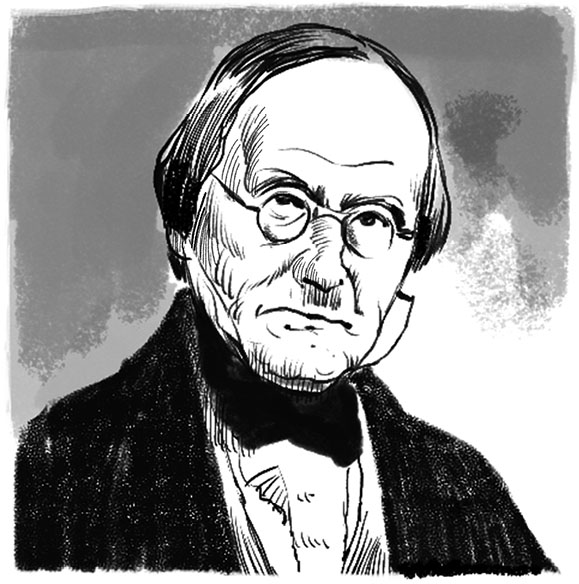
Jean de Charpentier
Louis Agassiz stayed at the home of Jean de Charpentier (say: ZHON duh Shar-pahn-tee-AY). Jean was a geologist, someone who studies rocks to learn about Earths past.
One day, Jean pointed out some boulders in the mountains. (Boulders are very large rocks.) The boulders didnt look like they had come off the mountains that surrounded them. They seemed to be made of a different kind of rock.

